IR Compliance: Analog vs Digital
Everyone knows Multicam and other Military cammies are IR compliant, but what does that actually mean?
Pretty much what it boils down to is that most modern cammies are treated so that they don’t loose their concealment effectiveness when being viewed under NODs or other IR devices. If you want more information on the science behind what is going on here’s a link to the UF Pro where they wrote a great article about it. WHAT IS NIR-COMPLIANT CLOTHING?
Now my curiosity is how do different patterns compare to others when viewed in different conditions. I used two different cameras for this experiment, one was my Pixel 4A attached to my PVS-14 (Elbit Thin Filmed Tube) and the was the Sionyx Aurora Pro. I wanted to see what the difference in what an Analog tube and a digital camera, in addition to what would happen if the subject were to be hit by an IR illuminator.
DISCLAIMER: This is an ongoing project. So there are pictures that aren’t in the same positions or some images of the cammies that aren’t with the others.
-
As time goes on, I will continue to add and update this list.
The patterns I’ve tested are in order as followed:
Desert Night Camouflage
Woodland MARPAT
Desert MARPAT
OCP
Multicam (Massif Combat Top)
Flecktarn
ACU
AOR 2
TAZ 83, Alpenflage
TrueTimber Strada (Silent-Hide)
TrueTimber Prairie (Silent-Hide)
M90
EMR, Digital Flora
Desert BDU, Choco Chip
Irish DPM
M81
Desert Night Camouflage





Woodland MARPAT





Desert MARPAT





OCP (Multicam)
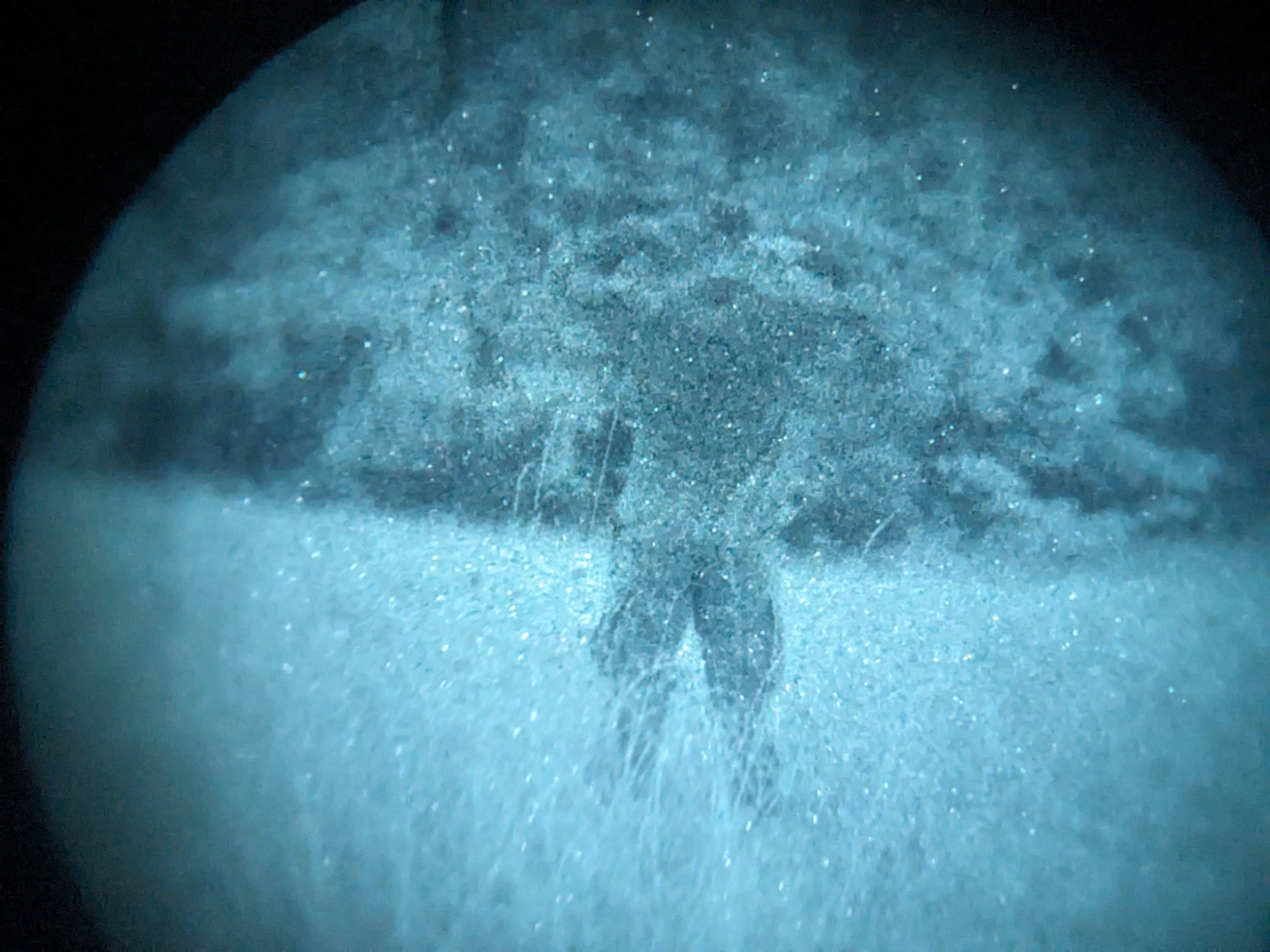
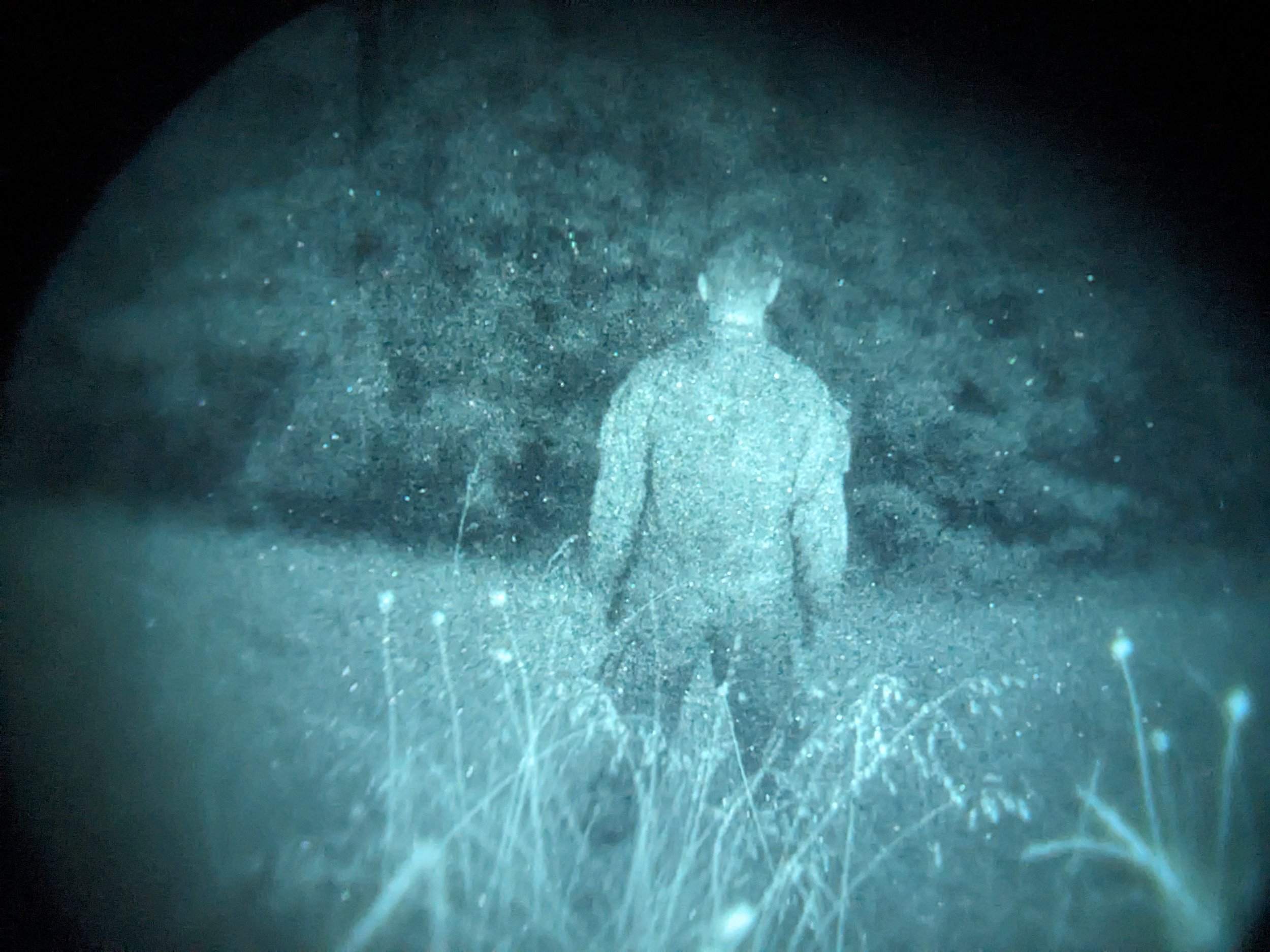



Massif Combat Top





Flecktarn





ACU

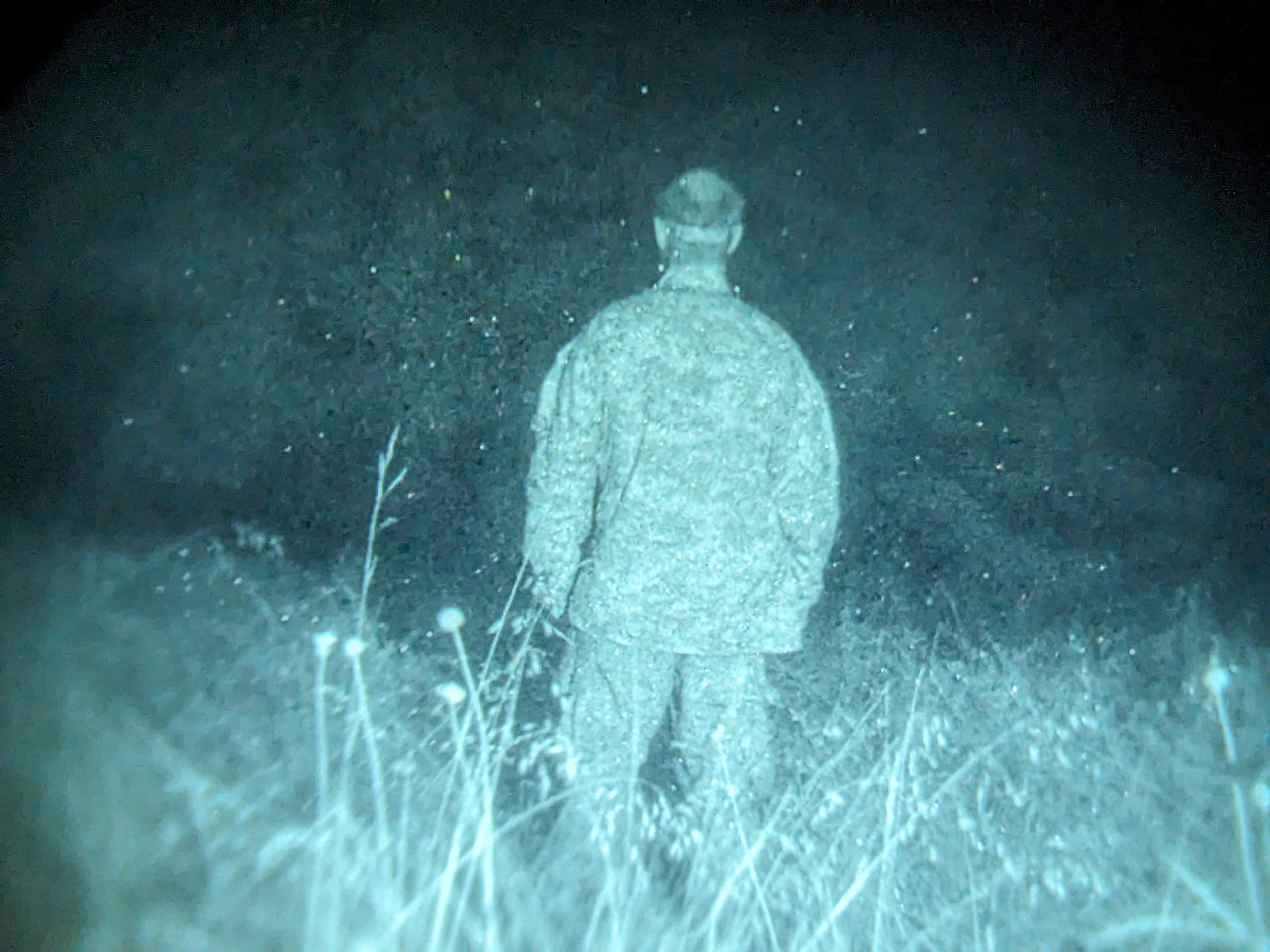


AOR2





TAZ 83, Aplenflage




TrueTimber Strada





TrueTimber Prairie

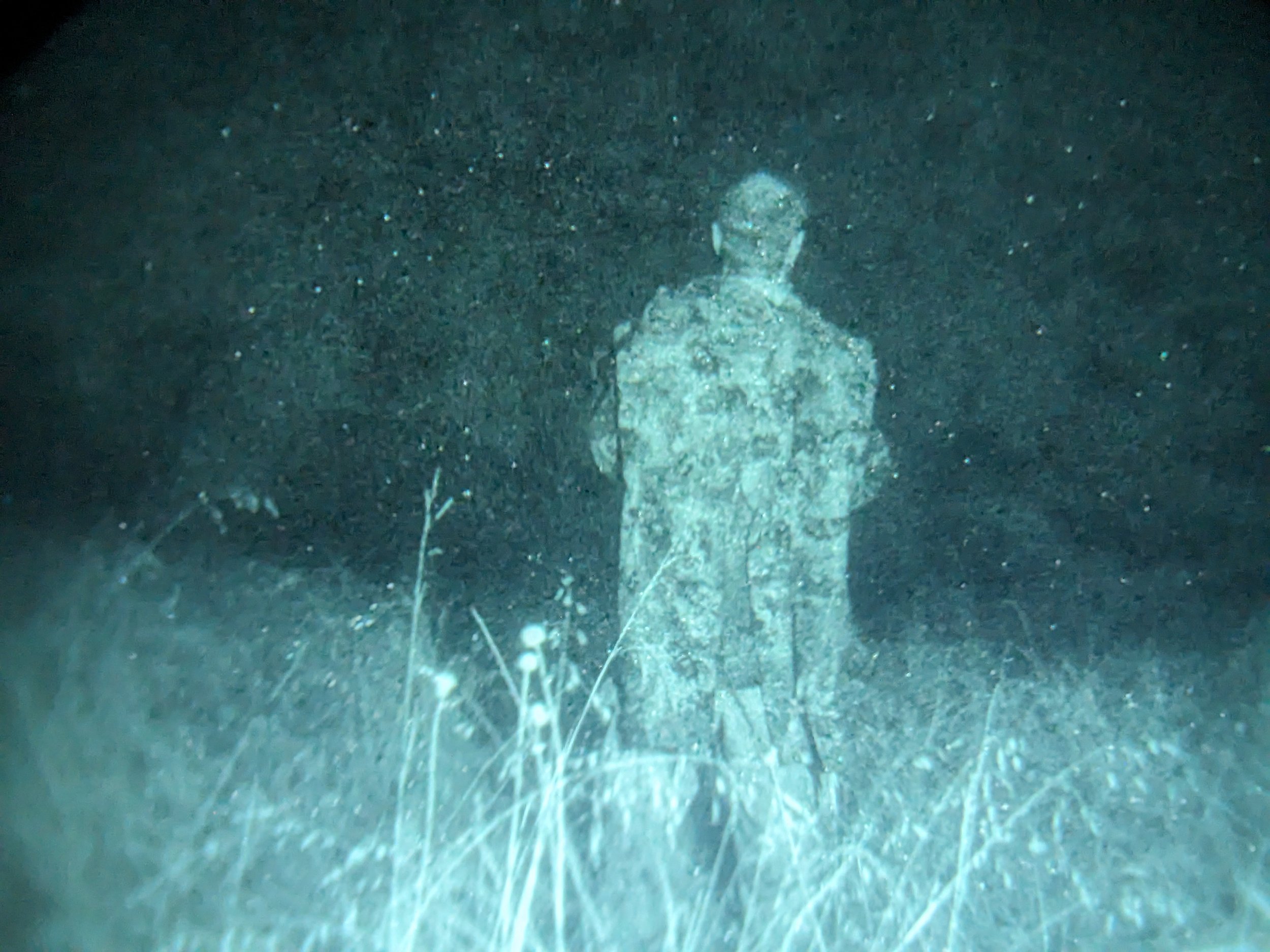

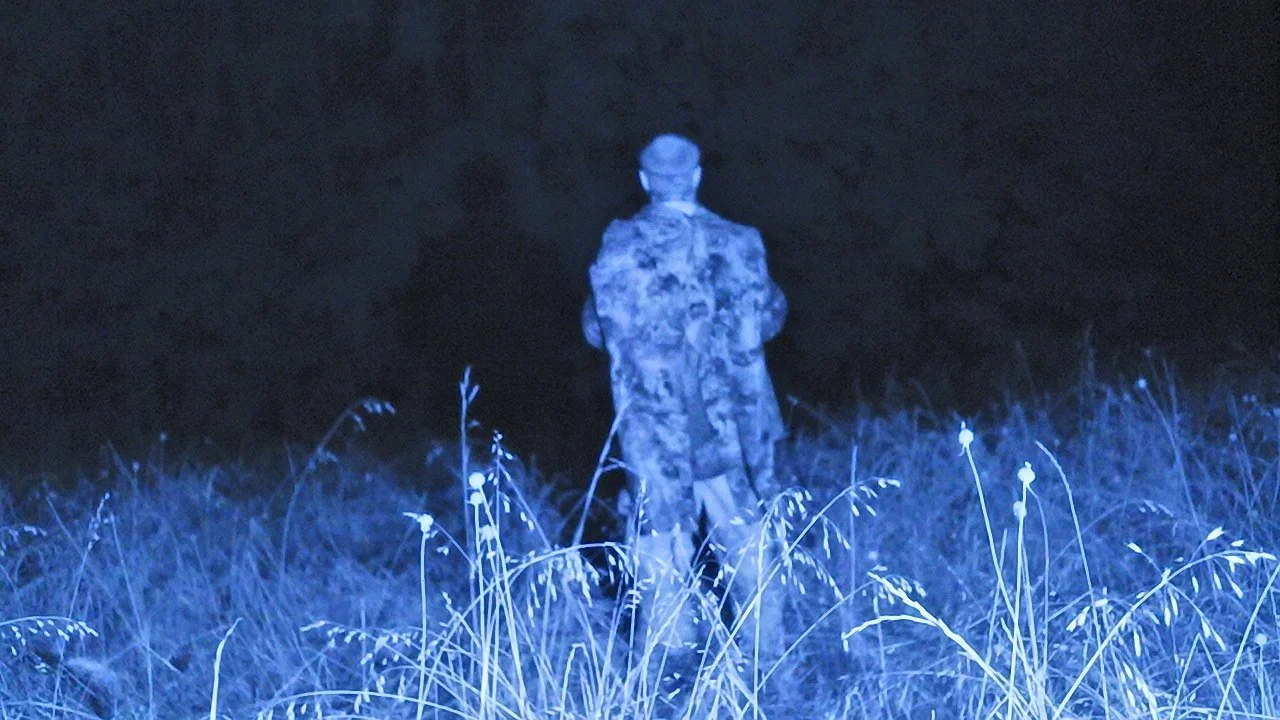

M90




EMR, Digital Flora (Trousers)





Desert BDU, Choco Chip
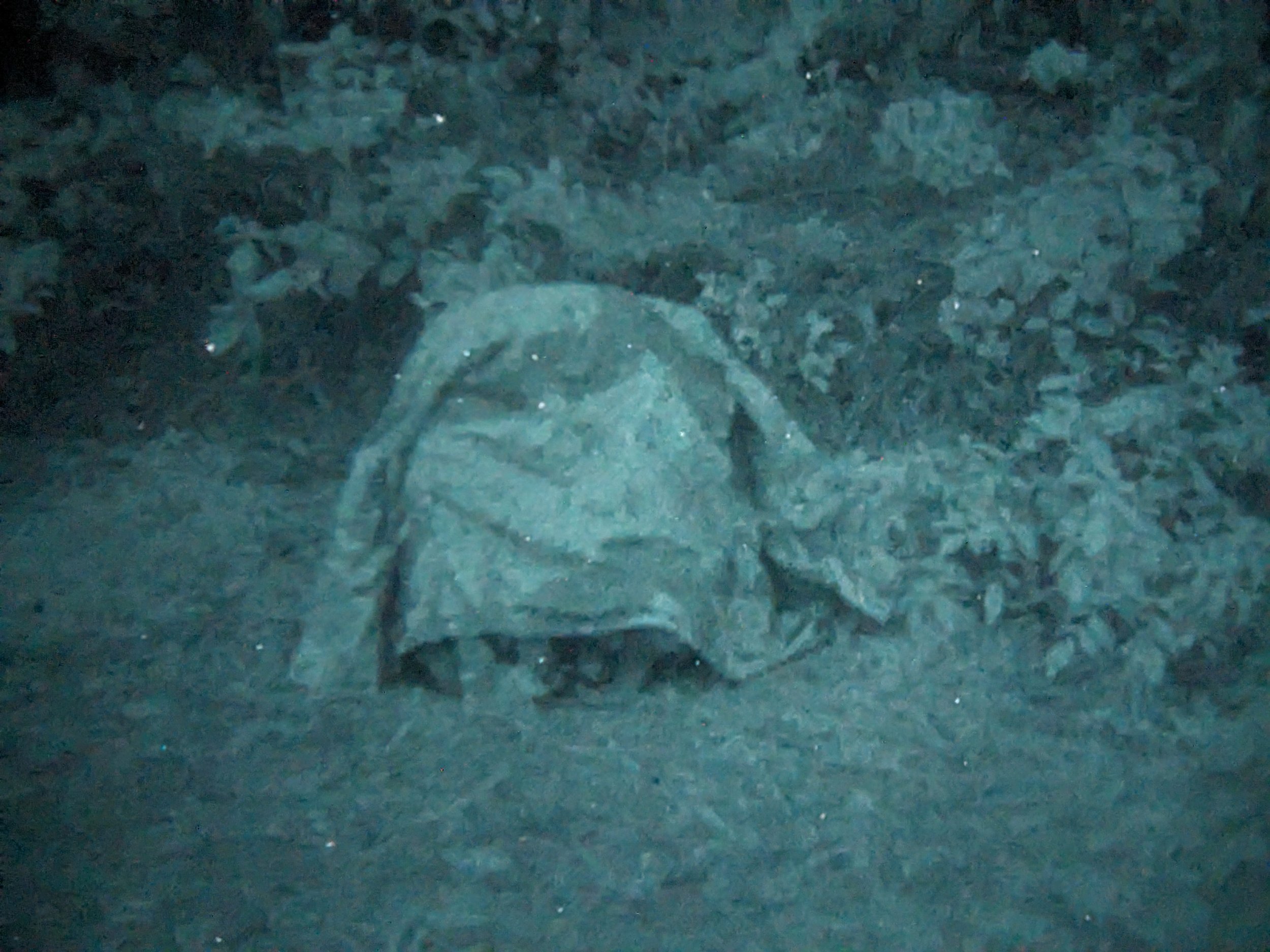
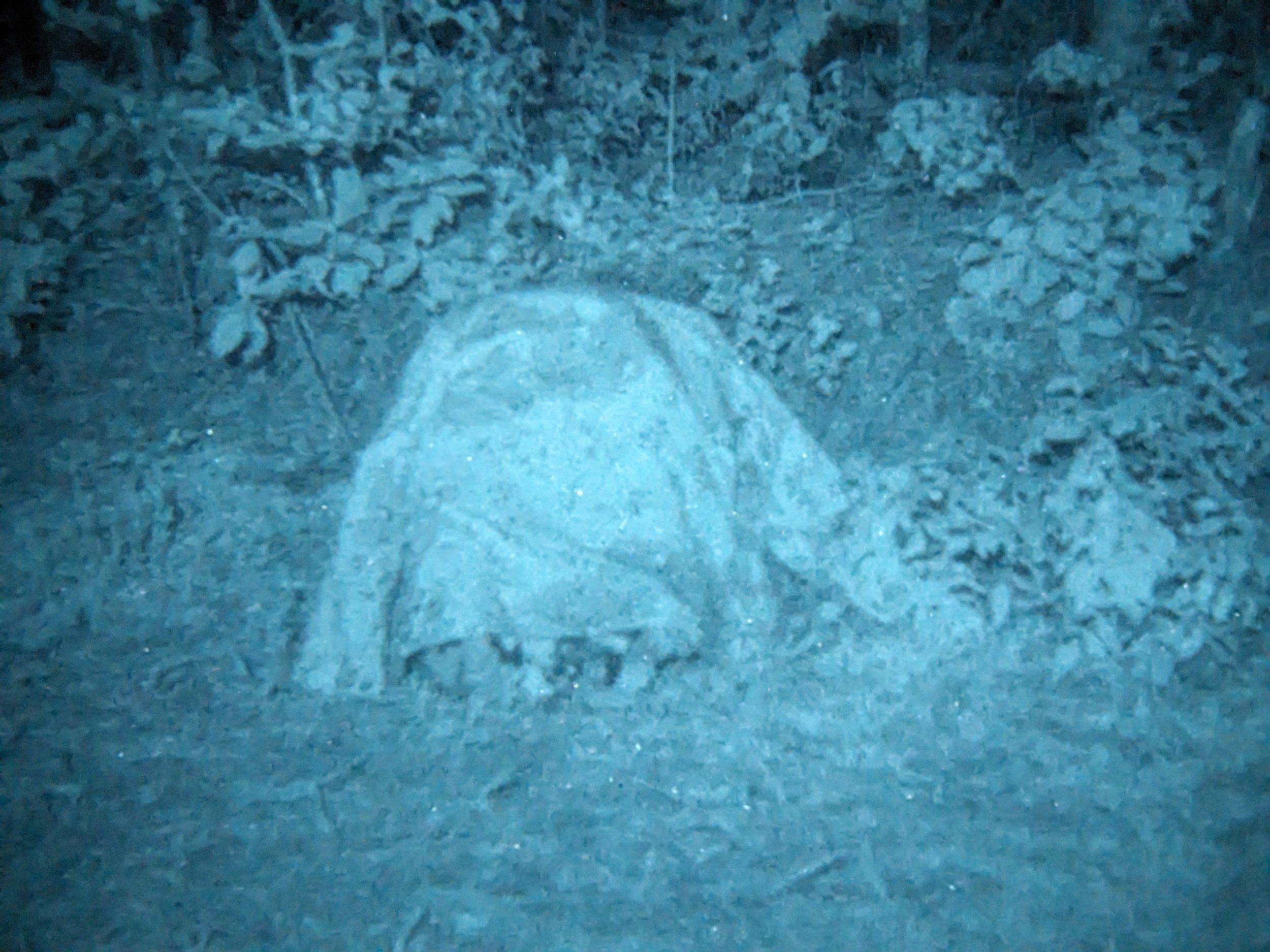

Irish DPM


M81



